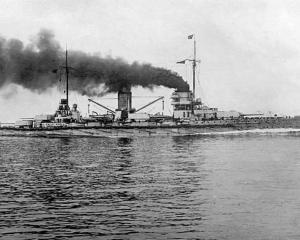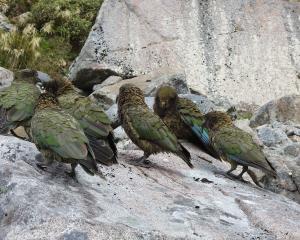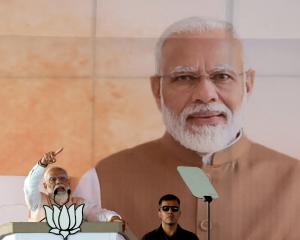As New Zealand marks another Maori Language Week, Ian Williams muses about Te Reo.
Another Maori Language Week has come and gone.
The television media has done its bit: New Zealand's English language place names replaced by their original Maori names.
Since these are unique IDs, it wouldn't bother me if they became permanent, or at least enjoyed equal status with the pakeha name.
In the United States, a huge number of states, cities and towns have names borrowed from the languages of the indigenous peoples.
Texas, Arizona, Milwaukee, Tennessee, the list is endless. A name is just that: a name, not a cultural ID.
It (the process of loss of language and culture) began when Abel Tasman sighted New Zealand and prepared the way for European colonisation.
To my eyes, nothing is more sad than old photographs showing Maori people in those early ''transitional stage'' days between living as they once did and having to adapt to European customs; an aspect of ''colonisation'' replayed wherever the colonisers became the majority: North America, South America, Australia, etc.
That is the fait accompli of New Zealand today, and in spite of legislation that embeds biculturalism into its constitution, I suggest that Te Reo is simply an incomprehensible subhead to most non-Maori New Zealanders, nor do they want it otherwise.
To compensate for loses of land, mana, and language, Maori tribal authorities have been handed millions for assets appropriated (but sometimes paid for) during the 19th century and beyond.
Indeed, that these Maori are sometimes pale imitations of their forebears, due to intermarriage with the colonisers, is not seen as an issue. Which brings me back to Te Reo.
It was the appropriation of Maori land in the Waikato for military purposes during World War 2 that promoted the land marches of the 1970s.
With the war's end, the land was turned into a golf course, which naturally enough got up a few noses; and though the marches signalled the renaissance of Maori, as a people and a culture, that has not, apparently, resulted in a similar awareness of Te Reo.
According to 2013 census statistics, only 21.3% of people claiming Maori descent speak Maori.
I don't know if any statistics have been complied indicating how many non-Maori speak fluent Maori, but let's guess at 1%. Out of a population of 4.6 million, that means about 100,000, or 2.17%, speak Maori.
Chances are, this proportion will never get any bigger, which does not mean the influence things Maori have on the overall culture of New Zealand has diminished or will disappear.
In fact, they are embedded in such a fashion that far exceeds any similar ''native'' influences in North and South America or Australia.
Look around, our Parliament for example. The Speaker wears a Maori ''cloak'', an indication of the wearer's ''mana'', another of the growing number of Maori language words incorporated into everyday English as it is spoken in New Zealand.
Maori males greeting each other or non-Maori use traditional Maori greeting practices. Place names are a constant reminder to locals and visitors of New Zealand's Maori connection.
Most importantly, Maori moko, the visual reminder on skin, fabric, storefronts, logos, letterheads, etc, of this country's indigenous influences, are widely incorporated into the everyday life of not only New Zealanders, but also copied/ followed on a worldwide basis.
Finally, there is the haka, performed by boys and men at all stages of their sporting lives, and the poi and action dances performed by females.
Te Reo might eventually fade into history, but the legacies will be with us forever.
Ian Williams is a Dunedin writer.












